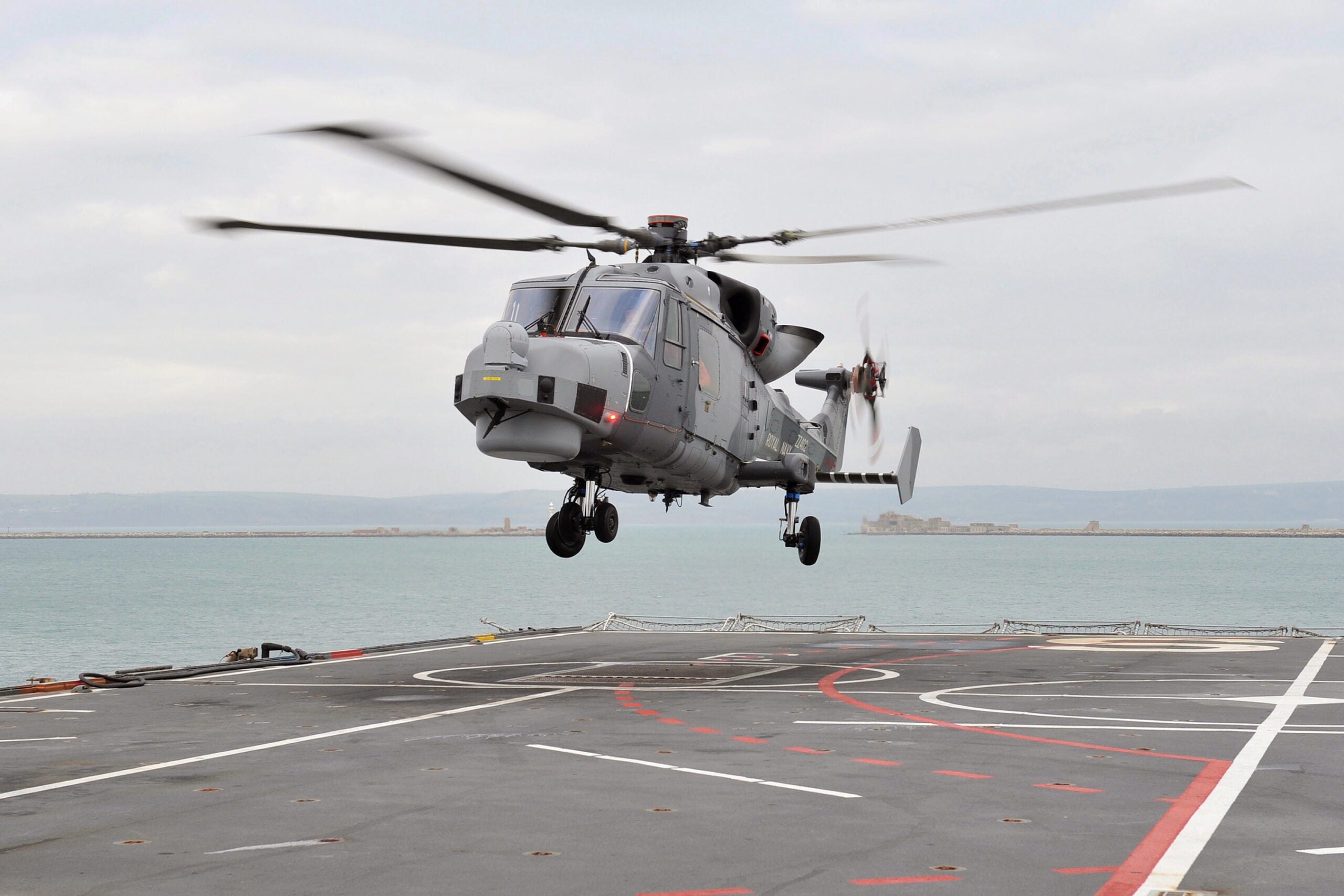
UK Royal Air Force (RAF) 47 Squadron’s C-130J Hercules transport aircraft aircrew have conducted tactical refuelling of Wildcat MK1 helicopters.
Operated by 659 Squadron of 1 Army Air Corps, the helicopters are deployed on a UK-led operational deployment, Operation CABRIT, in Estonia.
Under Operation CABRIT, troops of British Army lead a multinational battlegroup as part of Nato’s enhanced Forward Presence.
During the tactical refuelling, fuel is provided directly through pipes and pumps to the aircraft at temporary landing zones, away from the main operating bases.
The event provided realistic training to the aircrew of both Hercules C-130J and Wildcat aircraft.
The tactical refuelling activity also allows the UK Royal Navy, RAF and the British Army to collaborate and perform operations together as a part of wider Nato force.
Meanwhile, RAF’s Typhoon aircraft from Lossiemouth in Scotland have also conducted a Quick Reaction Alert test, as part of Exercise Seihan River.
During the test, the Typhoon jet performed live scramble in response to an aircraft simulating communication loss and deviation from its original flight plan.
Besides, the training included Voyager air-to-air refuelling with an aircraft based at RAF Brize Norton.
The exercise aimed to test the tactics and procedures of the RAF Battle Space Managers, National Air and Space Operations Centre, the Department for Transport and the Police force’s Special Operations 15.
Exercise director wing commander Hindson said: “The Exercise Seihan River serials aims to offer realistic training for not only the flying crews responding to an unknown threat, but also the UK Command and Control agencies.”



